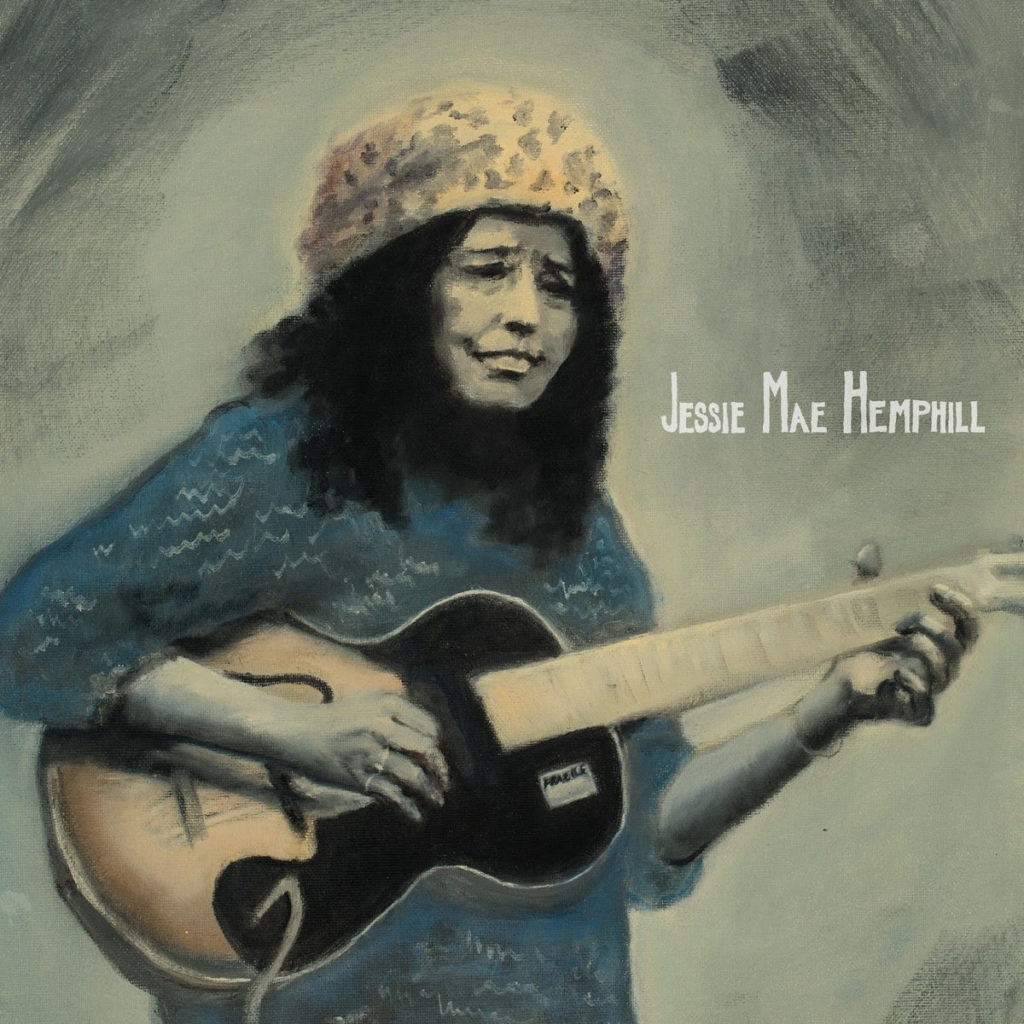
No More Beatlemania, Once Was Enough!
It’s Time For Jessie Mae Hemphill Mania!
She-Wolf (Vogue, 1981; reissued by HighTone, 1998)
I love reading lists of recommended records. In high school I devoured Rolling Stone lists of the best records of all-time. They were helpful entry points for a curious kid stuck in another “home of classic rock’n’roll!” radio town and no sense that record stores existed beyond the mall. I took the lists at face value, trusting the experts knew more than I did, before gradually developing my own navigating systems. By this point in my life, though, I’ve probably overcompensated for my early naivety, moving from too trusting to too critical, too quick to dismiss.
I was reading through the latter lens when I came across a list of the 100 Best Blues records. I’d been on a roll with late ‘60s and early ‘70s albums by Taj Mahal, Magic Sam, Hound Dog Taylor, and Albert King. I was chomping at the bit for more. Scrolling through the list, I quickly sorted the records into pre-existing mental files. About 1/3 of the entries were records I’d heard and liked. About 1/3 were records I was already curious about. The balance was stocked with records I’d heard and disliked, overrated b.s.—Eric Clapton, Allman Brothers, etc.
I thought I had everything in its place when I saw She-Wolf by Jessie Mae Hemphill. Hailing from Como, Mississippi, Hemphill performed locally and informally for years before her debut, She-Wolf, was released in 1980 when she was nearly 60 years of age. The review used the phrase “trance boogie,” which sent me in search of an online sample. That was all it took.
Hemphill builds and surfs beautifully hypnotic, blues-drenched soundscapes. She vamps more than she volleys between strictly defined verses and choruses, blurring the distinction between those conventional building blocks. She keeps her instrumentation sparse—her guitar, sometimes a second one, and minimal percussion, a tambourine here, brushes on snare there.
In the liner notes, Hemphill writes about how song ideas came to her at night, when she’d wake full of worry and “Just make a song out of it, the thoughts I have about times and living and life.” She is a humble songwriter. As she comments on each of the tracks on She-Wolf there are numerous variations of “the ideas just come to me.” For Hemphill, writing doesn’t sound like it was a matter of sitting down to generate ideas, it was more a question of when to pause life and capture some of the ideas, feelings and melodies constantly streaming in her mind. Writing about “Black Cat Bone,” Hemphill wrote, “I was tangled up a little bit, and I was trying to get loose.” A lot of musicians can acknowledge the tangling or the loosening. Few draw on both like Jessie Mae Hemphill.
The track listing will tell you the songs range from two to five minutes, relatively brief and finite. I don’t believe that. When Jessie Mae Hemphill puts a song in motion, time fades. She-Wolf sounds best as the last record of the night, when it fills the house as I wind down, a spacious, expansive sonic salve.
Follow Vol. 1 Brooklyn on Twitter, Facebook, and sign up for our mailing list.
